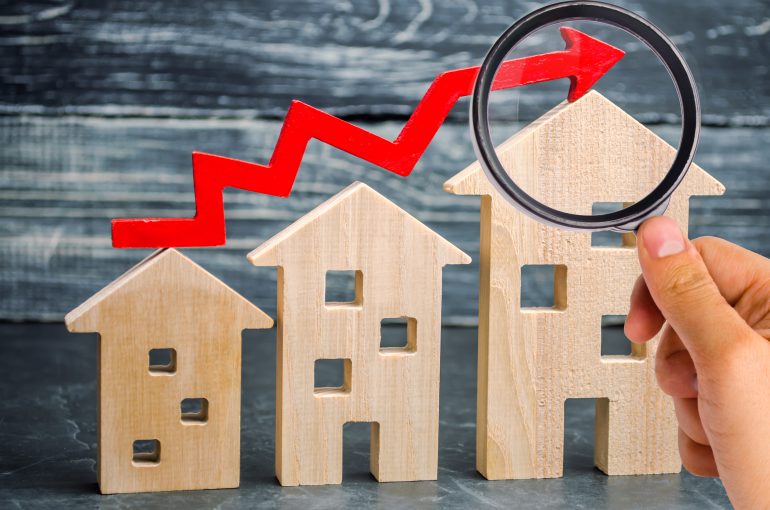The housing market in the Netherlands is experiencing its highest price surge in over 20 years. The Dutch Association of Real Estate Agents (NVM) released quarterly numbers that show this increase. Its data showcased that the average property price in the Netherlands increased by 20.7 percent in the last three months of 2021 compared to the same period in 2020. In today’s market, the average residence costs 438 000 euros.
The prices fluctuate depending on region, with some regions outside of the Randstad experiencing an increase in pricing by more than 25 percent. Outside of the Randstad, prices climbed the fastest. Northern Drenthe is the absolute highlight, a region named the best place to live in the world four years ago. Within a year, the cost of housing increased by 28.5 percent.
Furthermore, the number of residences available for purchase has dropped by a third and a quarter fewer homes were sold. In explaining the housing situation and its correlation with pricing, the NVM says: “The flow is hampered by too little supply and the shortage is pushing up prices. This is how the dichotomy between homeowners and home seekers is growing.”
Higher asking price, fewer houses
Additional data reveals that four out of five houses were sold for more than the asking amount. Terraced residences experienced the fastest price growth this quarter, rising 22.5 percent over the previous year. In today’s market, a terraced property costs on average 386,000 euros.
A house for sale in the fourth quarter took an average of 23 days to sell, a day longer than in the third quarter. According to the NVM, this indicates that the lower limit in terms of sales time has been reached.
In the fourth quarter, 35,000 residences were sold, down by 23% from the previous year. In the fourth quarter, more than 36,500 properties were listed for sale, a 16 percent decrease from the previous year. More than 141,000 properties were listed for sale in the year 2021. This is a significant decrease from past years, when the average hovered around 171,000.
The scarcity of available homes for sale contributes to the housing market craziness. There isa considerable demand for owner-occupied homes, and when there is a high demand for something and a limited supply, prices rise. Experts warn, however, that the significance of the restricted supply should not be overstated.
Chairman of the NVM Onno Hoes comments: “It is critical to place a greater emphasis on a broader range of housing options. That is why we need to get new construction started as soon as possible. The housing market will then begin to flow again.”
A resolution in sight?
In recent years, the NVM, along with many other housing-related parties, has campaigned for a specific minister who will be in charge of spatial planning in the Netherlands once again. Now, Minister for Housing and Spatial Planning Hugo de Jonge has been appointed. His mission is to resurrect the stagnant market. De Jonge, commenting on the housing crisis, states: “Brokers know like no other how many Dutch people need a suitable home. That is why we also have to get new building projects going quickly.”
Adding another layer to the housing issue is real estate expert Hans de Geus, who voices concern regarding the financial ability of people who want to purchase houses: “You have to start taxing equity. That way you ensure that people can’t just offer higher amounts, and then first-time buyers don’t have to participate in the race anymore.”
According to the coalition agreement, the government will primarily focus on new construction. There is currently a shortage of roughly 300,000 houses; an additional one million dwellings must be built by 2030 to keep pace with demand. In the next few years, the new Rutte IV cabinet expects the building industry to produce 100,000 new homes and 15,000 temporary homes – a good start, but will it be enough?
Written by Nicole Kerr
